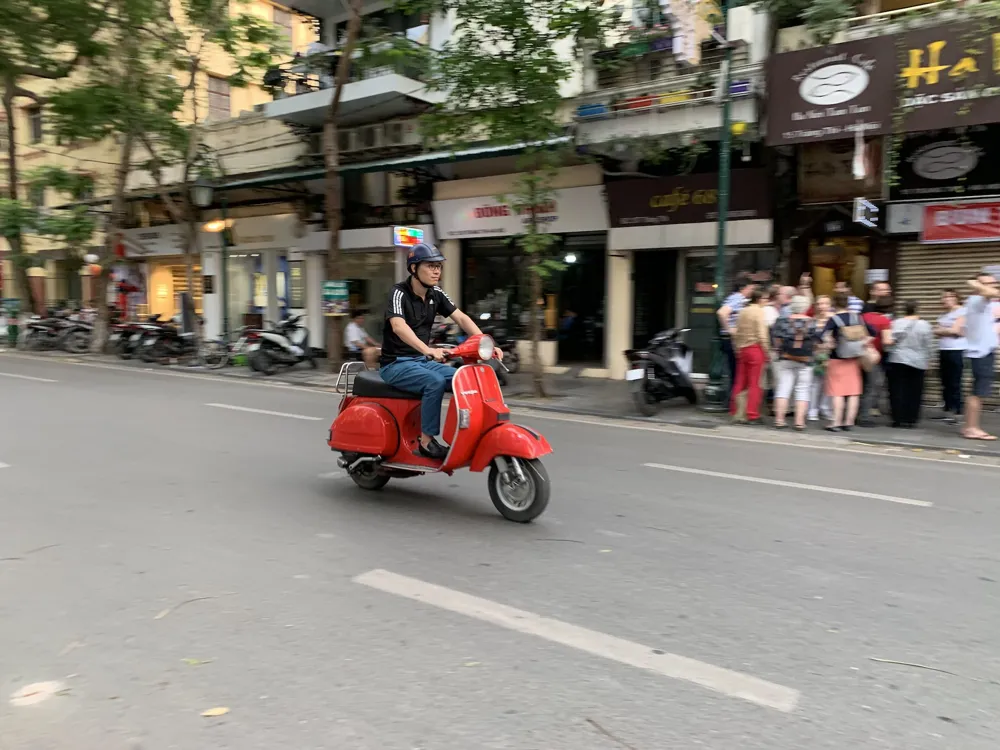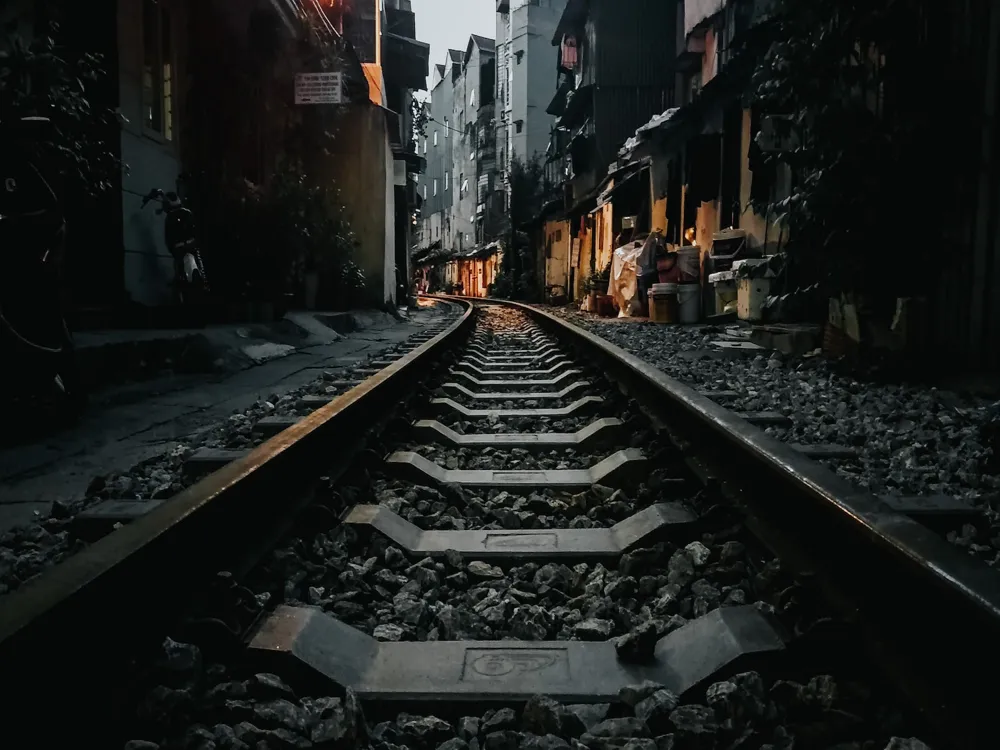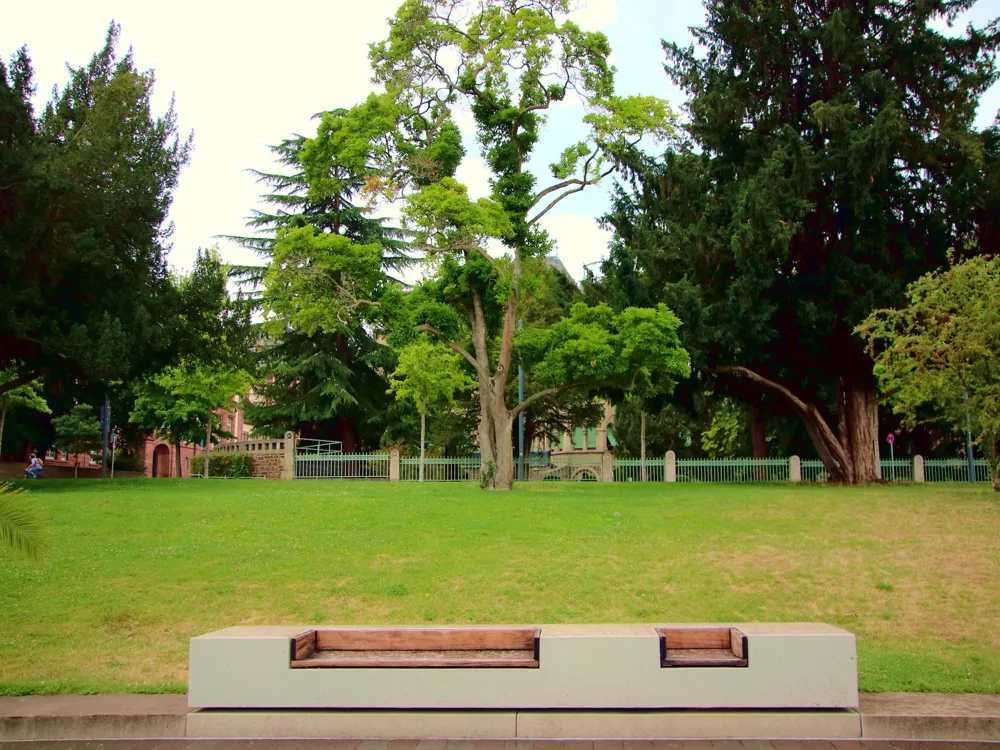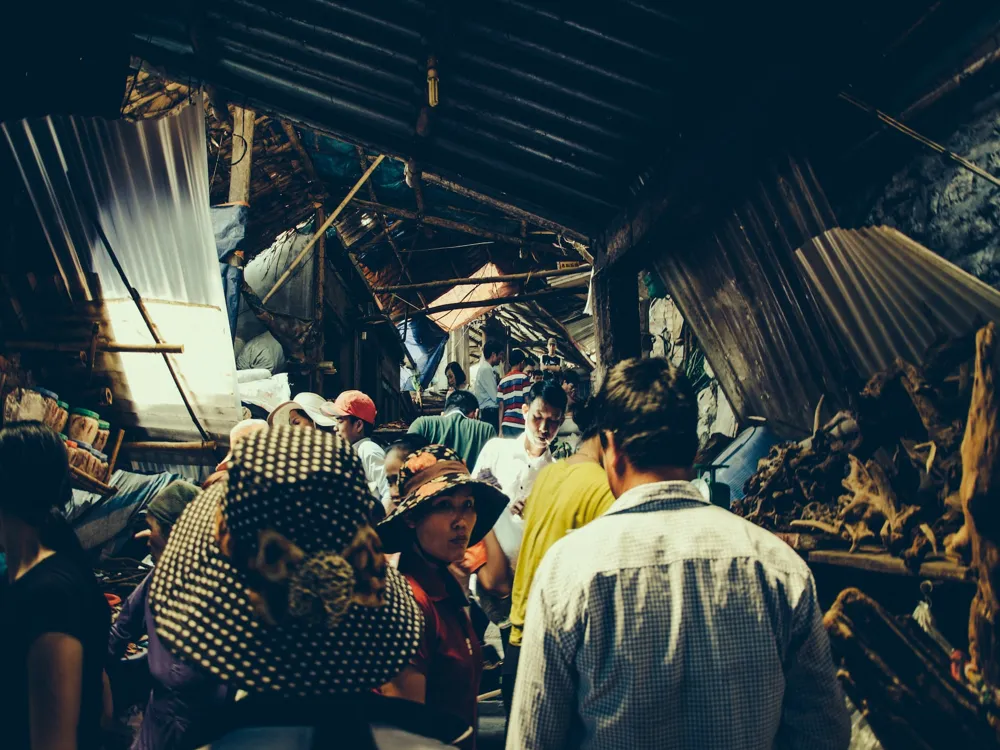Hanoi, the capital city of Vietnam, is a remarkable blend of old-world charm and modern dynamism. Rich in history and culture, it's a city where the past is preserved alongside the rapid development of the present. Nestled on the banks of the Red River, Hanoi is known for its centuries-old architecture, vibrant street markets, and a unique blend of Southeast Asian, Chinese, and French influences.
The city's history dates back over a thousand years, with its establishment as the capital of Vietnam in 1010. Through the centuries, Hanoi has witnessed numerous changes, evolving from a small village to the cultural and political heart of Vietnam. Its landscape is dotted with ancient temples, unique theaters, and museums that offer a glimpse into the country’s complex past and rich cultural heritage.
Hanoi's street life is another highlight, offering an immersive experience into Vietnamese culture. The city's bustling streets are lined with vendors selling local delicacies, artisans showcasing traditional crafts, and small shops with an array of goods. The blend of old and new is most evident in Hanoi's architecture, where ancient temples stand alongside French colonial buildings and modern skyscrapers.
As a travel destination, Hanoi appeals to a wide range of interests. History enthusiasts can explore the city's many museums and historical sites. Food lovers can indulge in the famous Vietnamese cuisine, characterized by its fresh ingredients and complex flavors. Nature enthusiasts will find serene landscapes just a short journey from the city, offering a peaceful escape from the urban bustle.
Hanoi's architecture is a testament to its rich history and diverse cultural influences. The cityscape is a mosaic of architectural styles, ranging from ancient temples and pagodas to French colonial buildings and modern skyscrapers. This diversity is a reflection of the various periods of occupation, rebellion, and development that have shaped Hanoi's history.
The traditional Vietnamese architecture in Hanoi is exemplified by its ancient temples and pagodas. These structures, often several centuries old, are characterized by intricate woodwork, sloping tiled roofs, and ornate carvings. They serve as cultural and spiritual centers for the local community and are a testament to the skill and artistry of Vietnamese craftsmen.
French colonial influence is another significant aspect of Hanoi's architecture. During the French occupation, many parts of the city were redesigned to resemble a European city, with wide boulevards, grand public buildings, and elegant villas. These buildings often feature balconies, shutters, and detailed facades, blending French architectural styles with local materials and craftsmanship.
In contrast to these historical structures, modern Hanoi is also home to contemporary architecture. The city's skyline is punctuated with modern skyscrapers, shopping malls, and business centers. These buildings reflect Vietnam's rapid economic growth and its integration into the global economy. Despite this modernization, Hanoi's architecture maintains a balance between the new and the old, preserving its unique identity and charm.
The ideal time to visit Hanoi is during the spring (February to April) or autumn (October and November) when the weather is pleasant with milder temperatures. These seasons also offer the chance to see Hanoi's natural beauty in full bloom or the autumnal golden hues.
Don't miss out on Hanoi's culinary delights. The city is famous for its street food, especially dishes like Pho (noodle soup), Banh Mi (Vietnamese sandwich), and Egg Coffee. Explore the street food markets for an authentic taste of local cuisine.
Understanding and respecting local customs is crucial. Dress conservatively when visiting temples and religious sites. It's also polite to remove shoes before entering someone's home or a place of worship.
Hanoi can be navigated by various means of transport. The city's bus system is extensive, while taxis and ride-hailing apps are convenient for shorter trips. For an authentic Hanoi experience, try traveling by cyclo (a three-wheeled bicycle taxi).
Reaching Hanoi is convenient due to its well-connected transport system. The Noi Bai International Airport serves as the primary gateway for international travelers. It's located about 35 kilometers from the city center, with taxis, buses, and airport shuttles available for transit.
For travelers within Vietnam, Hanoi is accessible by train, bus, or car. The city's central railway station connects to major destinations across the country, while the extensive network of highways and roads makes it easy to reach by bus or car.
Overview of Hanoi
Architecture of Hanoi
Tips When Visiting Hanoi
Best Time to Visit
Local Cuisine
Cultural Etiquette
Getting Around
How To Reach Hanoi
Hoan Kiem Lake
Hanoi
₹ 15,260 onwards
View hanoi Packages
Hanoi Travel Packages
View All Packages For Hanoi
Top Hotel Collections for Hanoi

Private Pool

Luxury Hotels

5-Star Hotels

Pet Friendly
Top Hotels Near Hanoi
Other Top Ranking Places In Hanoi
View All Places To Visit In hanoi
View hanoi Packages
Hanoi Travel Packages
View All Packages For Hanoi
Top Hotel Collections for Hanoi

Private Pool

Luxury Hotels

5-Star Hotels

Pet Friendly






















